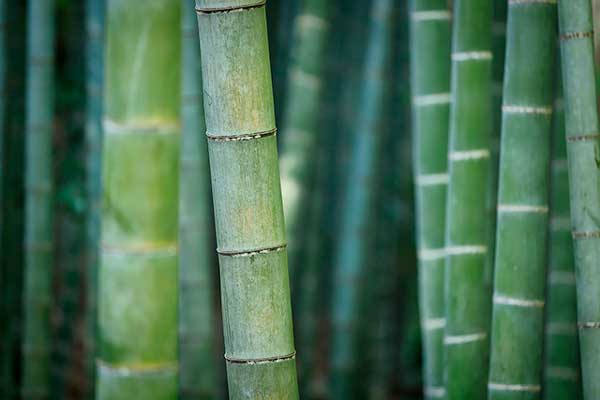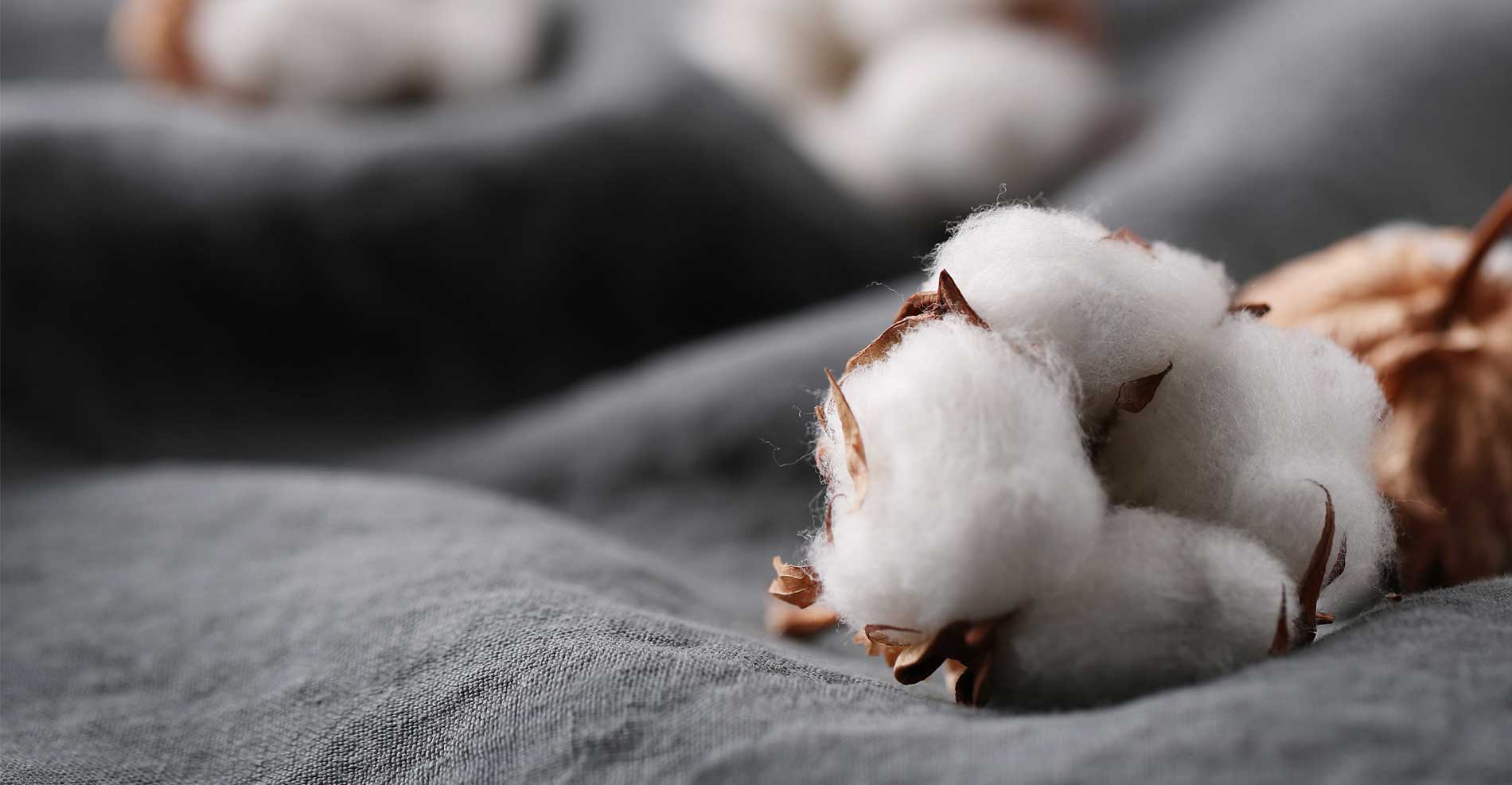What is cork ?
What is cork and where does it come from?
Cork is obtained from the bark of the cork oak tree, which has the property of protecting it against extreme conditions such as drought. It is primarily found in the Western Mediterranean, and Spain is the second-ranking country in the world for its production, behind Portugal.
One of its qualities is self-regeneration; it renews itself around the tree through a natural process. It is considered one of the most sustainable materials because it is 100% natural, biodegradable, and renewable.
How is cork material obtained?
Its extraction does not require the felling of the cork oak tree; it is a respectful and low-impact process. This process is carried out in the summer months when the tree is in full vegetative activity, and extraction is done manually with axes
The bark is extracted every 9-10 years, allowing the cork oak to regenerate it throughout its life. The first extraction is done when the tree is 25 years old. After the first extraction, you have to wait another 9/10 years to perform the next one. The cork obtained from the first extractions is not of high quality and is usually used for insulation and decorative elements. It is not until the third extraction, when the tree is approximately 40 years old, that it can be used to make natural corks.
The cork oak tree typically has a lifespan of between 170 and 200 years, so it can be harvested approximately 16 times.
What uses can the cork have? What is it used for?
Starting in the 20th century, as a result of innovation in its sector, cork material underwent a revolution that led to the evolution of production and an increase in its applications.
These prosperous years were hampered in the second half of the 20th century due to the emergence of synthetic substitutes, something that seems to be changing thanks to the growing awareness of the environment and the use of sustainable materials. All its qualities make it have multiple uses. Its most well-known use is for bottle caps for glass bottles, whether for wines or oils; its importance was such that it began to be called the "cork" cap.
Although initially all caps for these containers were made from this material, over the years it was replaced by plastics, but its influence was such that regardless of what they are made of today, they are still called that. Another of its most common applications is in the construction sector, where it is applied in various forms. However, it is mainly used as insulation, both for thermal and noise insulation.
Additionally, it can also be used for decorative purposes, such as on walls. Despite being a natural component mainly used for container caps, it is increasingly found in everyday objects. Like bamboo, it continues to gain strength in the world of promotional gifts, both as the main material of the product and as a coating, for example, for water bottles. Companies are becoming more environmentally conscious, and knowing about these accessories can be positive for them. You can find all kinds of items, notebooks with the company logo, personalized keychains, or pai pai. It can even be found in the textile world in the form of details, for example, on tote bags. Furthermore, these items can be customized through printing techniques such as screen printing, pad printing, or digital printing, which offer a unique and vibrant finish.
What benefits does the use of cork material provide?
Without a doubt, cork has qualities that make it unique. Its lightness stands out because 90% of its composition is air.
Its impermeability, thanks to the resins it contains, prevents the passage of any liquid or gas, despite being a porous material. Elasticity allows it to be compressed and easily regain its shape. It is a good thermal and acoustic insulator, which is why it is often used as wall cladding. And finally, it is resistant.
In addition to being 100% natural and sustainable, as mentioned earlier, no waste that harms the ecosystem is produced during the extraction process. This is combined with its very low carbon footprint, and it can also be recycled and reused.
What products can be found made of cork?
Thanks to its properties, a multitude of gifts made from it or with a cork covering can be found, and there are increasingly more designs available. It is gradually gaining ground in the world of promotional gifts, which is not surprising after reading about all the benefits it offers. Some of the most interesting customizable items you can find today include:
Waist bags, which seem to have come to stay, no matter what style you prefer or which group you identify with, you can surely find an ideal model for you. And what better option than one made of cork? Sustainable, ecological, waterproof, resistant, and elastic. As you can see, it has it all.
Keychains, which can become an ideal gift to keep your keys organized. Their lightweight nature makes them ideal because you can carry them comfortably. Their quality, aesthetics, and practicality make them an ideal item.
Notebooks, an ideal gift for writing enthusiasts. They have an elegant aesthetic with a natural touch. Furthermore, this raw material gives the product a smooth texture.
And that's not all; you can also find fans, personalized mugs, umbrellas, engraved pens, or keychains. As you can see, a myriad of personalized items are made with cork, for all tastes, so it is almost impossible not to find something suitable for your target audience.
What is the cost of cork?
After hearing about all its benefits, it is normal to wonder why it is not used more frequently. The answer is simple; it is for economic reasons. This has nothing to do with its price but with the time it takes to make the investment profitable.
As we mentioned, it takes approximately 25 years from planting cork oak tree acorns to being able to harvest, and this first extraction is not economically profitable. For this reason, few entrepreneurs decide to invest in this business.
Despite this, it seems that in a world increasingly conscious of environmental conservation and the use of less harmful materials, cork can play an important role in change, so do not lose sight of it.


